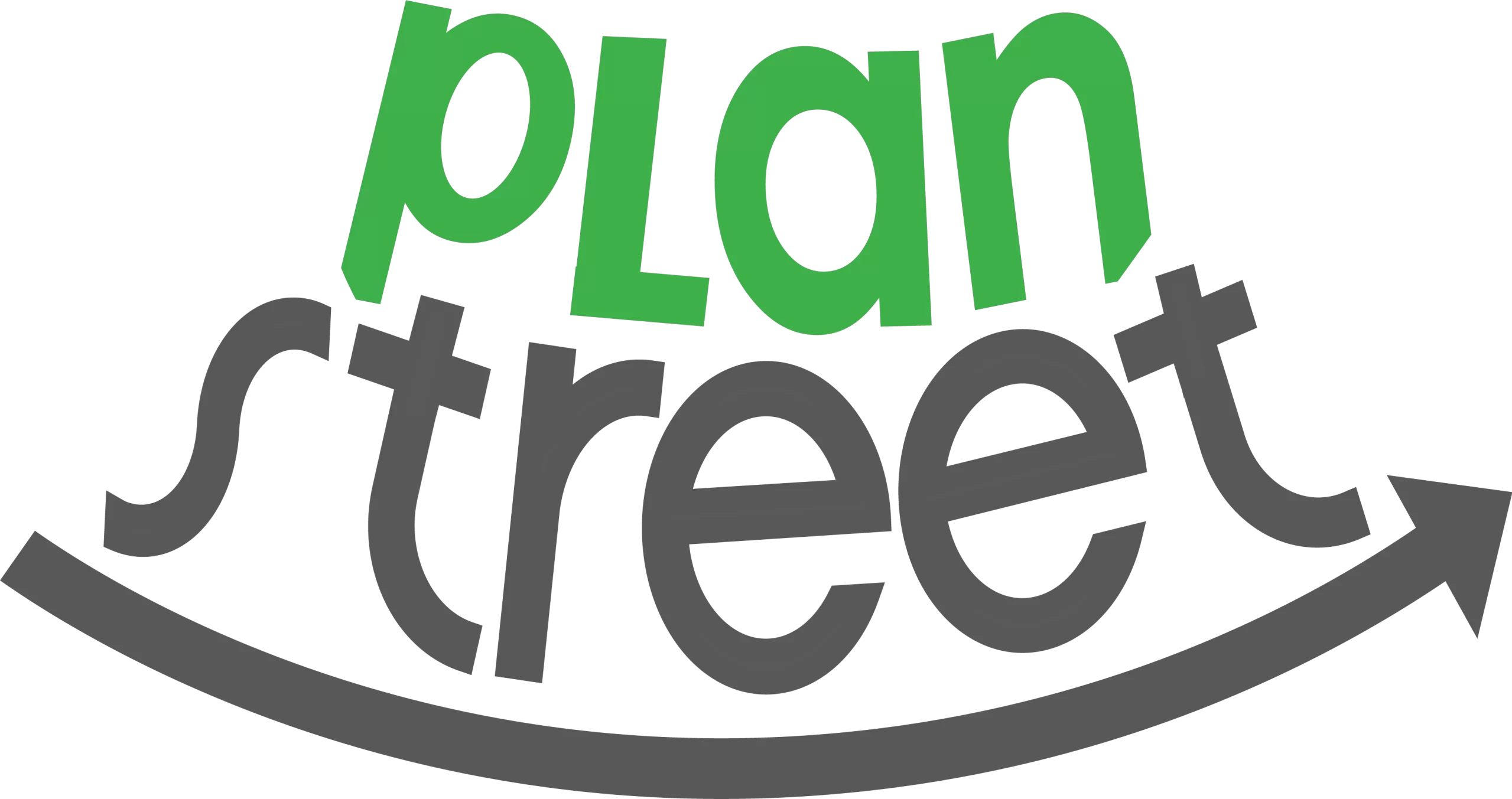Untold Crisis: Consequences of Homelessness in Student’s Success.

Even though the Pandemic had started about two years ago, its effects are still being felt today. Some of these effects have included increasing the severity of an untold crisis affecting the youth. A crisis that perpetuates the cycle of homelessness. Though not a new issue, child homelessness and poverty still prove to lay waste to many children and young adults through no fault of their own.
When we think of homelessness, we often think of individuals living on the streets. However, the experience of homelessness is, in fact, much broader. According to the McKinney-Vento Act, the primary legislation regarding the education of homeless students, the term “homeless children and youths” means “individuals who lack a fixed, regular, and adequate nighttime residence.” This may mean that a student is sharing the housing of others or living in cars, motels, or train/bus stations.
The lack of a regular nighttime residence defines homelessness, and for students facing it in any form, the impacts are significant. According to the Department of Housing and Urban Development 106 thousand, kids fit this criterion of homelessness in January 2020
Understanding the Impacts on Learning Homelessness and Poverty Have
For homeless students, the classroom may be the only safe, stable environment in their daily existence, a vital anchor to the safety and stability of routine, and, perhaps most importantly, a crucial help in the path out of poverty and into a better situation. Students who have unstable housing are being forced to deal with significant, difficult, and interrelated challenges outside of the classroom that inevitably impact academic performance and the ability to participate in instruction. For some students, the COVID-19 pandemic introduced these challenges for the first time or exacerbated existing tenuous circumstances. Here are just a few ways academics are impacted:
- Mal-nourishment
For many students living in poverty, schools are not only a place for learning but also could be the only source for regular, nutritious meals. According to Annual Review, school-provided meals are associated with improvements in academic performance. At the same time, nutrition deprivations are associated with low educational attainment and substantial risks to physical health and mental health. Continuing malnourishment can also lead to developmental problems and chronic health conditions.
- Unintentional Injuries and Illness
Many families experiencing poverty alone are hesitant about receiving aid as medical bills, especially those without insurance, can exasperate their problems. Because of that children experience an injury or become sick, it’s more likely to cause serious complications. This combined with COVID quarantine policies can be a death sentence for students without internet access, a lack of connection would cause grades to slip.
- Mental Health Issues
Children experiencing homelessness don’t just have their physical health impacted by poverty but also their mental health. According to the Children’s Bureau,
“In addition to brain development and health risks associated with holding low-socioeconomic status, a child’s mental health is at risk of being greatly affected as well. Low-income parents and children are more likely to be affected by challenges with mental health and mental illness. These mental health problems often impair overall academic achievement and the ability of children to succeed in school. The effects of poverty can place these children at a higher risk of involvement with child welfare and juvenile justice agencies.”
Some of the reasons for these include, not being able to afford therapy or even being able to have psychoanalysis done on their children to be able to be officially diagnosed with a mental health disorder and gain access to prescription medicine designed to help relieve these disorders.
Also Read: Ending Chronic Homelessness: How Transitional and Supportive Housing Help
These complications can manifest in trouble in the classroom, according to Center of the Transformation of Schools UCLA, “Research shows that students experiencing #homelessness are 2x as likely as non-homeless students to be suspended or chronically absent, have lower graduation rates, and less than 1 out of 3 graduate UC/CSU-ready. Data visualization courtesy of UCLA’s Center for the Transformation of Schools.
- Lack of Options
Homelessness and poverty, often limit the choices people can make to achieve better health and improve their own situation. This is often referred to as economic exclusion, and it results in worse health outcomes for the homeless and other high-poverty populations. This affects children in unique ways, causing acute issues that sometimes place students into special education categories.
- Diminished Support System
In addition, schools have offered the opportunity for in-person communication on a wide variety of important issues—especially confidential matters such as mental health support, and wrap-around services. When this communication is hindered, from either lack of internet or phones, the access and use of these additional resources and supports are diminished.
- Low Collegiate Viability
Though Universities are slowly dropping the outdated system, many still depend and defer to standardized testing like the ACT and the SAT for college admissions. Though it has been documented that these tests undermine those who experience homelessness. According to a 2015 analysis from Inside Higher Education, “The lowest average SAT scores come from students whose families make less than $20,000 in household income, compared to the highest averages that come from students whose families make more than $200,000”
This can be caused by a multitude of reasons such as the fact that taking one SAT costs $52 and with the optional essay, it costs $68. Although the College Board provides fee waivers for low-income students it only subsidizes two attempts. Another reason can be that students don’t have the access to tutors or test prep materials that their wealthier peers have.
Though without good test scores, many students are not able to obtain sufficient scholarships or even admission to quality schools which serves to perpetuate the cycle of poverty.
